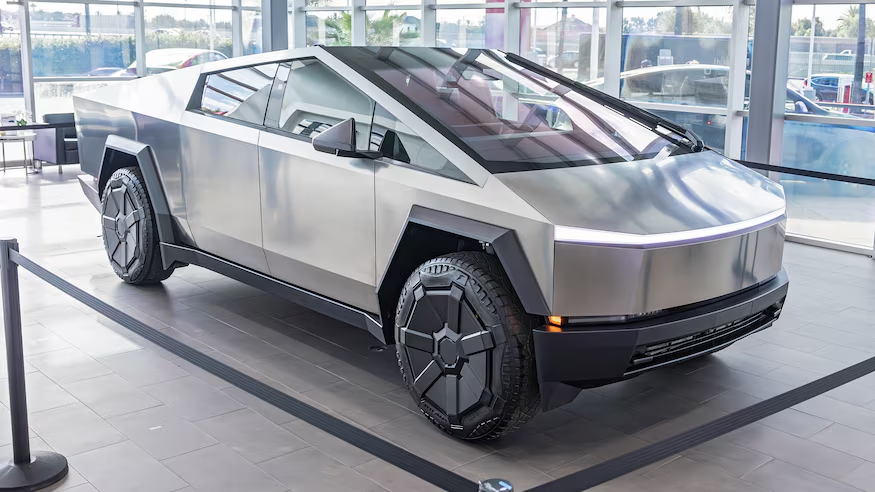

During the recent NADA Show in San Francisco, National Automobile Dealers Association senior economist Patrick Manzi held a press briefing to outline the economic prospects for auto sales in 2019. He pointed out that current trends indicate it will be strong year for auto sales in 2019.
“The current posture of the U.S. economy is strong,” Manzi said at a press briefing. “A tight labor market continues to put upward pressure on wages, which are rising. Consumer spending, a significant contributor of GD, remains solid. It’s a positive sign that consumers are spending money.”
NADA is forecasting sales of 16.8 million new cars and light trucks in 2019. This is a 3 percent decline from 2018, but is only slightly lower than the 17 million mark that has been surpassed for 4 years straight (17.3 million units were sold in 2018). The size of the forecasted decline is good news compared to earlier speculations that 2019 might see a bigger slow down.
Rising interest rates will continue to be a factor in vehicle affordability. “We expect rates will continue to rise although the Fed has signaled that the rate of increases will slow in 2019. We expect two interest rates increases this year,” said Manzi. “For dealers, rising interest rates will increase their floor plan costs, which has resulted in dealers being more selective with the inventory they stock.”
Incentive spending is also expected to low in 2019. In spite of a year-end incentive spike to clear out inventory, 2018’s incentive spending declined overall compared to the previous year.
“This year, we expect manufacturers to remain disciplined with their incentive spending because they have better aligned their vehicle production with current consumer demand,” Manzi said.
Another trend to watch is the shift from cars to light trucks. In 2018, cars only accounted for 31% of sales, down from 36% in 2017. Light trucks accounted for 69% of sales in 2018 and this number is expected to go up as manufacturers cut production on more car lines.
Manzi also pointed out the widening gap between monthly payments for new and used vehicles. “This will likely result in more consumers, especially younger and more value focused consumers, shifting to the used vehicle market,” he said. “This is a great opportunity for dealers to get these customers into nearly-new certified-preowned vehicles.”
As evidence of this trend, used vehicle volume is up nationwide at new-car dealerships. Through November 2018, the increase was 5.1 percent compared to the same period in 2017.








